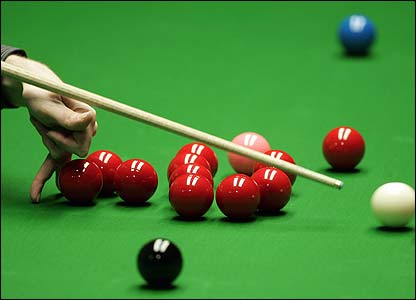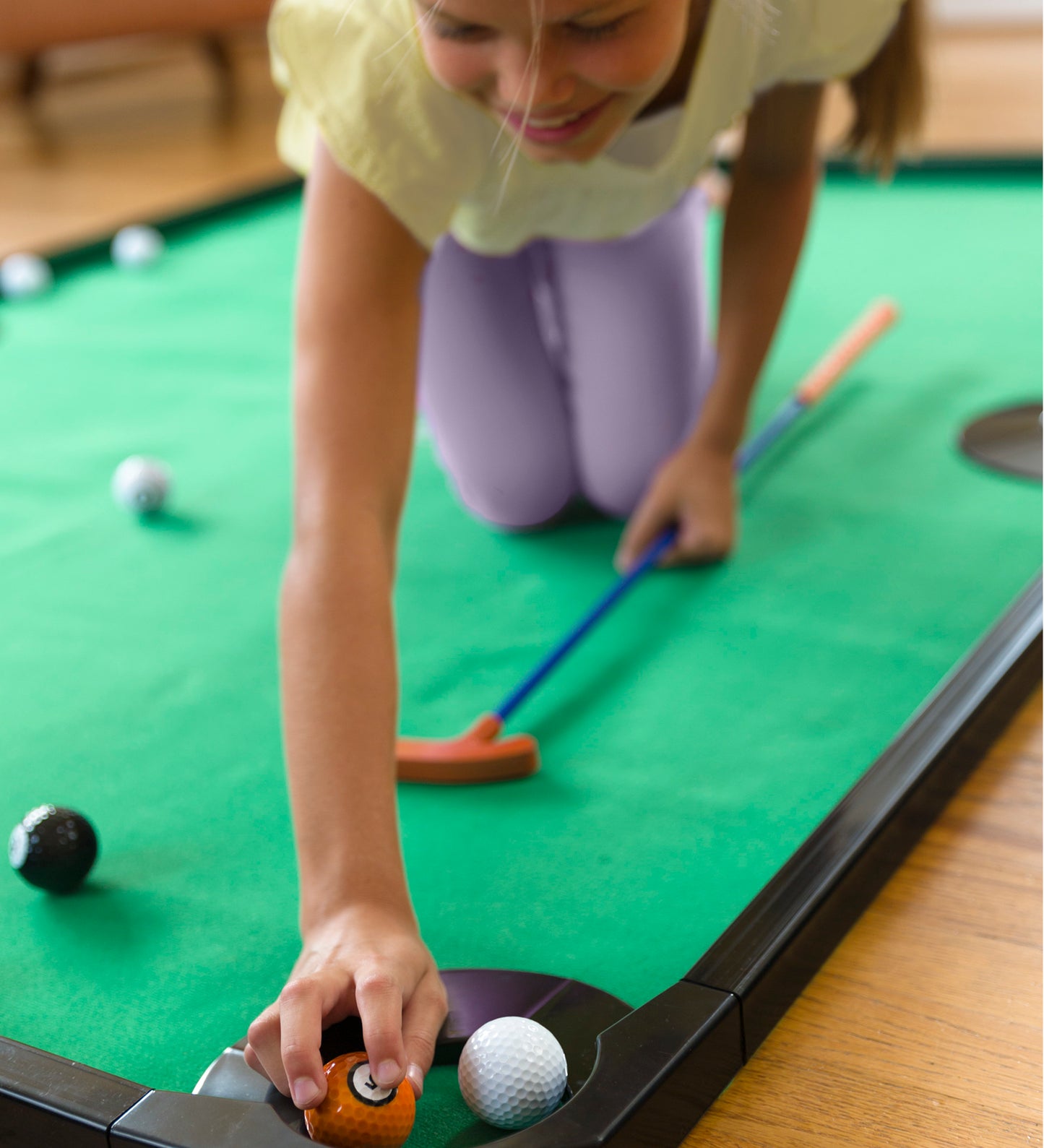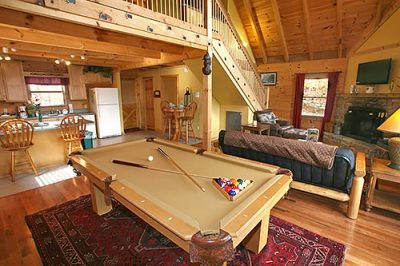
Depending on the manufacturer and the type of plastic or resin used, pool balls can have a wide range of designs and colors. A good quality ball can make a big difference when you play pool. It is also crucial for your professional skills. A set of high-quality balls will last a lifetime.
The original pool balls were made of wood. As the game evolved over time, the ball manufacturers looked for alternatives to wood. In 17th-century England, pool balls were made out of ivory. It was popular due to its durability and smoothness. It was also fairly inexpensive to produce. Manufacturers looked for other alternatives as the elephant population declined during the latter part of the 19th Century.

Leo Baekeland an American chemist invented bakelite in 1907. In the 1920s, bakelite was popular as a choice for pool balls. Bakelite was less volatile and more durable than celluloid. It was easy-to-make and didn't explode. It is a plastic but not the same as modern resins. It is a thermosetting plastic that cannot be melted again.
The next type was a plastic made from a mixture nitrocellulose and alcohol. This material is still in use today and is known as phenolic resin. Phenolic resin is also used for circuit boards. This resin is strong and durable, making it a popular material for making pool balls. In a similar process to bakelite, the resin is used for making pool balls.
Another plastic that is used for pool balls is polyester. Polyester is more economical than phenolic. Polyester does not last as long as phenolic, however. Also, polyester isn't very durable. Polyester pool balls are more susceptible to deterioration. They also don't last as well as phenolic-resin balls.
Saluc, an Belgian company, was founded in 1923 to manufacture pool balls. Saluc is famous for the brand Aramith, which is the only company that produces pure phenolic resin balls. Aramith balls use a combination of bakelite and pure phenolic resin. Thermosetting plastic, phenolic resin, is very durable. It can last up 40 years. It can also be used for volleyball balls, which are durable and can withstand up to 400,000 impacts.

In addition to the above, there are other types of plastic that are used to make pool balls. Polyester pool balls may be more affordable than phenolic balls but they aren't as strong. Also, polyester pool balls are not as durable as phenolic pool balls. But they are affordable enough and durable enough to be used for beginners. The best pool balls for tournaments are made of phenolic resin, but they can be expensive.